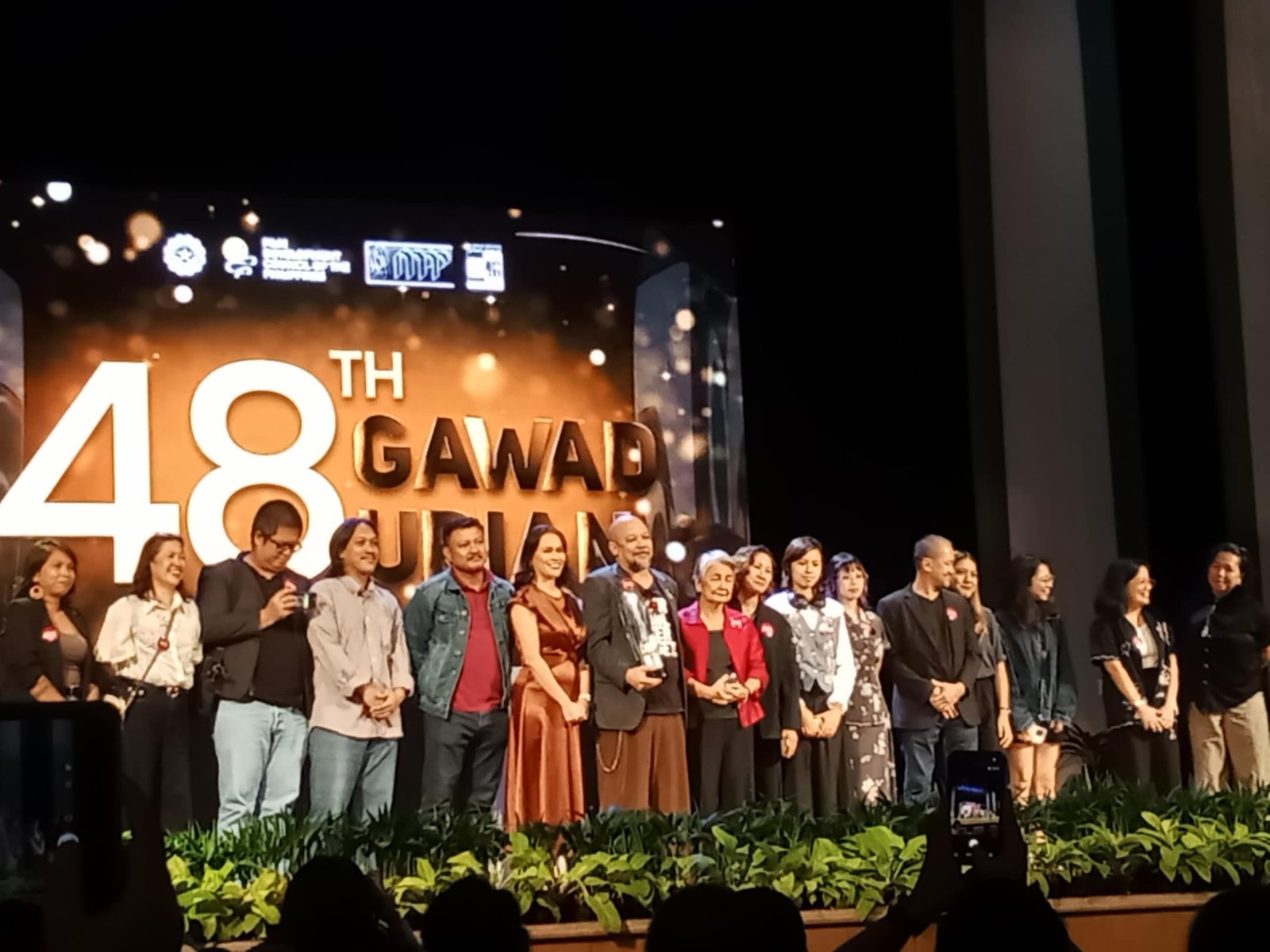Published on
September 17, 2025

The Tourism Promotions Board (TPB) Philippines recently wrapped up its highly anticipated Creative Tourism Conference (CTC), which underscored the future of Philippine tourism. Held on September 3-4, 2025, at the historic Metropolitan Theater in Manila, this conference brought together tourism leaders, creatives, and policymakers to discuss the role of creativity in transforming the country’s tourism landscape.
As the world moves toward more immersive and authentic travel experiences, Philippine tourism is embracing the synergy between culture, creativity, and tourism innovation to offer something truly unique.
The Power of Creative Tourism in the Philippines
As global travelers seek deeper, more meaningful experiences, Philippine tourism is shifting towards a more innovative and culturally rich approach. The CTC, with its theme “Crafting Pathways: Synergizing Tourism and Creativity,” highlighted how these forces can fuel growth, create economic opportunities, and inspire national pride. By integrating creative tourism into the national tourism strategy, the Philippines is positioning itself as a global leader in tourism that celebrates its cultural and creative assets.
Maria Margarita Montemayor Nograles, the COO of TPB, emphasized the importance of collaboration between innovators, policymakers, and youth to harness the power of creativity. “We are here to use creativity to shape unique tourism products that reflect our rich Filipino heritage,” she said. Her statement reinforced the vision of using creativity to promote Philippine tourism on a global stage.
Leveraging Creative Assets to Boost Philippine Tourism
The Philippine Department of Tourism (DOT), under the leadership of Secretary Christina Garcia Frasco, has taken significant steps to harness the country’s cultural wealth as the backbone of Philippine tourism. In her keynote address, Frasco highlighted how Filipino food, art, music, and crafts have the potential to attract more visitors and deepen their engagement with the country. By showcasing these creative assets, the Philippines ensures that travelers not only visit but stay longer and spend more, thus contributing to the local economy.
Frasco emphasized, “When travelers experience our food, art, and design, they engage more deeply, and they make longer stays, leading to greater benefits for our communities and for Philippine tourism.” The focus on cultural tourism is key to offering authentic and immersive experiences that cannot be found elsewhere in the world.
The Role of Tourism Leaders in Driving Innovation
The CTC also featured a series of discussions with prominent tourism leaders who emphasized the importance of creative approaches in shaping the future of Philippine tourism. Garlic Garcia, Head of Content at VIU Philippines, highlighted the role of content-driven tourism and how immersive experiences in media, such as films and TV shows, can enhance tourism innovation. These types of experiences provide opportunities for travelers to engage with Philippine culture on a deeper level, sparking curiosity and long-lasting memories.
Atty. Annette Gozon-Valdes from GMA Network discussed the impact of storytelling in cultural tourism. She cited examples of successful historical TV dramas like “Pulang Araw” and “Maria Clara at Ibarra,” which bring Filipino heritage closer to modern audiences. Through powerful media content, these stories help reinforce the cultural identity of the Philippines, attracting global attention and inspiring travelers to explore the country’s rich history.
Karen Davila, a celebrated journalist and UN Women Goodwill Ambassador, also spoke about the importance of creating inclusive tourism initiatives. She emphasized that empowering women in tourism is essential for building sustainable communities and promoting long-term growth in Philippine tourism. She remarked, “When women are uplifted in tourism, the entire community benefits.”
Embracing Tourism Innovation for a Competitive Edge
As part of the conference, experts discussed how tourism innovation can be a game-changer in the tourism sector. Dr. Ivan Anthony Henares from the National Commission for Culture and the Arts (NCCA) explained how merging creativity with tourism can elevate Filipino talent globally. He noted that Philippine tourism can significantly benefit from creative collaborations that showcase the country’s artistic and cultural strengths. Additionally, Jeremy Sy from Ayala Land talked about destination branding and the power of storytelling in attracting visitors and enhancing the country’s appeal in the global tourism market.
Janette Toral, an e-commerce expert, explored the potential of technology in reshaping the tourist experience. She discussed how AI-driven itineraries, augmented reality, and other technological advancements can modernize Philippine tourism by offering more personalized, interactive experiences for visitors. Such innovations are crucial in ensuring that Philippine tourism remains competitive in an increasingly tech-savvy world.
The Future of Philippine Tourism: Collaboration and Creativity
The final panel of the conference, titled “Towards a Tourism × Creativity-Led Nation,” brought together leaders from UNESCO Creative Cities, including Marie Venus Tan (Baguio), Butch Carungay (Cebu), and Leny Ledesma (Iloilo). These experts discussed how recognition from UNESCO in crafts, folk art, and gastronomy can fuel growth and attract investment to Philippine tourism. Their insights emphasized how creative tourism could serve as a catalyst for economic development and help the Philippines become a leader in the global tourism market.
Manila City Mayor Francisco “Isko” Moreno Domagoso and Negros Occidental Representative Javier Miguel “Javi” Benitez also expressed their support for the creative tourism initiative. Domagoso pledged the full support of the city government for initiatives that promote Philippine tourism and help it thrive. Benitez, too, echoed his enthusiasm, stressing the importance of cross-sector collaboration to achieve the goals of creative tourism and Philippine tourism.
Conclusion: A Bright Future for Philippine Tourism
The success of the Creative Tourism Conference (CTC) reaffirms that Philippine tourism is on the right path toward embracing creativity and innovation. By focusing on the country’s creative assets—from art and food to storytelling and media—the Philippines is poised to offer travelers one-of-a-kind, culturally immersive experiences. With continued support from the government, local leaders, and the creative industry, Philippine tourism will thrive as it sets itself apart in the competitive global tourism market.
The CTC has made it clear: creative and innovative approaches are the future of Philippine tourism, and the Philippines is ready to take its place as a global leader in this exciting new era of travel. With the right partnerships and a strong focus on cultural and creative tourism, the country’s tourism industry will continue to flourish.











